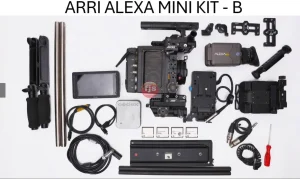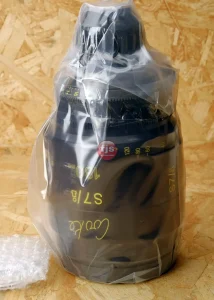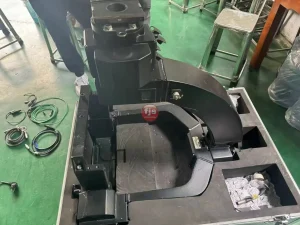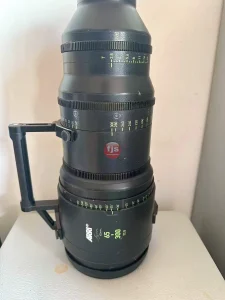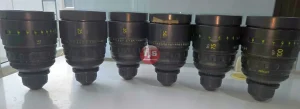Introduction
Corner vignetting, the darkening of the image’s corners, is a common issue in photography, especially when using wide-angle lenses. While it can sometimes be intentional for a specific aesthetic, it’s often undesirable. Here are some effective strategies to address and minimize corner vignetting.
Key Features and Benefits of Addressing Corner Vignetting
- Improved Image Quality: Reduces distractions and enhances overall image appearance.
- More Consistent Exposures: Ensures that all areas of the image are properly exposed.
- Enhanced Compositional Flexibility: Allows for more creative framing and subject placement.
Strategies to Minimize Corner Vignetting
- Choose a Wider Aperture: A wider aperture (smaller f-number) can help reduce vignetting by increasing the amount of light reaching the corners of the image. However, be mindful of depth of field, as a wider aperture can lead to shallower focus.
- Use a Lens Hood: A lens hood can help block stray light that contributes to vignetting, especially in challenging lighting conditions.
- Adjust Exposure Compensation: If you’re noticing vignetting, try increasing exposure compensation slightly to brighten the corners of the image.
- Consider a Different Lens: If vignetting is a persistent issue with a particular lens, explore other options that are less prone to this problem.
- Post-Processing Techniques: Software like Lightroom or Photoshop can be used to address vignetting through tools like radial filters or gradient masks. These tools allow you to selectively adjust the brightness and contrast of specific areas of the image.
Conclusion
While corner vignetting can be a challenge, it’s often manageable with the right techniques. By understanding the causes and implementing these strategies, you can significantly reduce its impact and create more visually appealing images.
Questions and Answers
- What causes corner vignetting?
- Corner vignetting occurs when the lens’s elements do not allow enough light to reach the corners of the image. This can be due to factors like lens design, aperture settings, or external light conditions.
- Is vignetting always a problem?
- Not necessarily. In some cases, a subtle amount of vignetting can add a vintage or artistic effect to an image. However, excessive vignetting can be distracting and detract from the overall composition.
- Can I fix vignetting completely in post-processing?
- While post-processing can help to reduce or even eliminate vignetting, it’s often more effective to address the issue at the time of shooting. This can help to avoid excessive adjustments that could degrade image quality.


